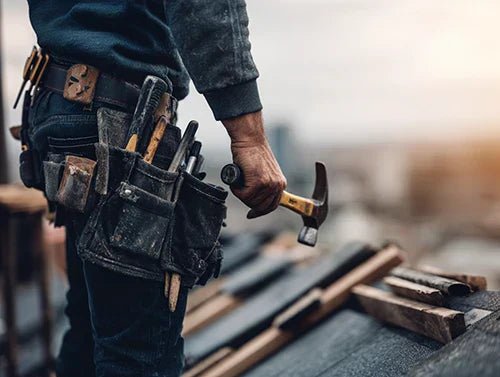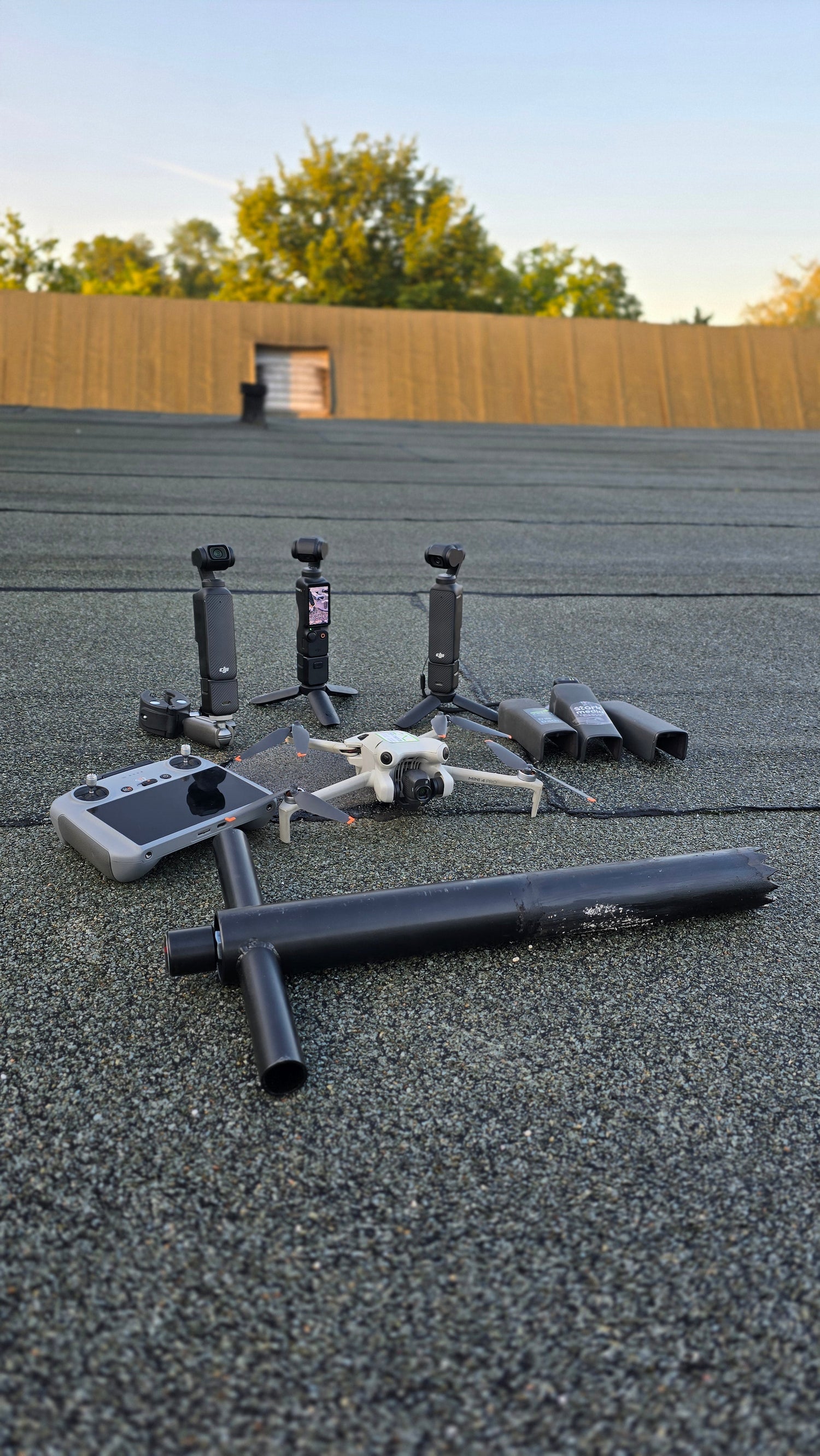Why measuring tools are so crucial in the trade
In the trade – whether on the roof, in the workshop or on the construction site – The accuracy of the measurement often determines the quality of the execution. A millimeter too much or too little can render entire components unusable in series production or lead to serious problems in machine assembly.
Classifications of measuring tools: Class I vs. Class II
Depending on the area of application, different accuracy classes For particularly precise work, such as that required in mechanical engineering or delicate wood joints, Tools of accuracy class I or II be observed.
Class I: For highest precision – e.g., in Mechanical engineering or technical constructions.
Class II: Sufficient for most craft applications, such as Roof construction or interior work.
A Class I or II folding rule or a high-quality tape measure with an intact hook is mandatory here.
For rough measurements, standard quality is often sufficient
On the construction site, For rough furniture measurements or in shell construction, the requirements for precision are somewhat looser. A more robust ruler or tape measure that can withstand wear and tear will suffice. However, consistency in the measurements is important: If you start with one tool, you should finish measuring with the same tool.
☝️ Important: Do not mix tools when carrying out serial measurements! Different measuring devices can produce slightly different results – and this adds up.

The 11 most important measuring tools for professionals
Here are the top 11 measuring tools that no professional equipment should be without – with a brief description for practical use.
1. folding rule (folding rule)
The classic among measuring tools. Ideal for quick length measurements of up to two meters. The ruler is sturdy, foldable, and fits in any pocket. Pay attention to robust joints and clear scaling. For high accuracy we recommend Class I or II models.
Indispensable in timber construction! The carpenter's square helps with marking 90-degree angles and often offers additional functions such as scales for miter cuts. is mostly made of metal and is therefore extremely durable. A must for precise wood joints.
3. bevel (setting angle)
The bevel is the perfect tool for transferring and marking at any angle – for example Roof rafters or bevel cuts . It consists of a movable leg and can be continuously adjusted. Individual adjustments in particular save you time and stress.
4. spirit level
For straight lines and perfect alignment, the spirit level is the standard. It measures inclinations and shows precise horizontal and vertical alignments. JDepending on the application, they are available in a mini version or as a 2-meter version. Many roofers and carpenters swear by magnetic spirit levels.
5. tape measure
The flexible tape measure is always used when longer distances are involved – for example, roof areas or room dimensions. What is important is an intact hook at the end and an easily readable scale. Some models even offer digital displays or automatic winding.
6. Templates (e.g. Seam Edger II by MetalManiak)
Special templates such as the Seam Edger II make working with metal profiles much easier. They help you mark folds, edges or overhangs quickly and evenly. Ideal for roofing work. At Dach PRO you will find exactly such practical tools for professional use.
This template is usually made of metal and is used for precise marking of lines, intersections or drill holes. It is used primarily in metal construction or for precise wood cutting. Their strength lies in the repeatability of series work.
8. protractor (digital or analog)
Whether digital or classic with a scale – the protractor helps with the precise measurement and transfer of angles. It is particularly essential for complex roof structures or sloping cuts. Digital protractors often offer additional functions such as memory or inclination display.
9. Stop angle
The stop angle – usually made of metal – allows precise marking of right-angled lines. Thanks to its stop, it sits exactly on the edge of the workpiece, which enables maximum precision. It is particularly popular in furniture or staircase construction.
10. Laser rangefinder
Modern and extremely precise: The laser rangefinder measures distances from a few centimeters to several dozen meters at the touch of a button. Ideal for large rooms, roof areas or building plots. Many models offer additional functions such as area or volume calculation.
11. Contour gauge/profile gauge
When it comes to replicating complicated shapes (e.g. roof tile profiles, pipe guides), the contour gauge is worth its weight in gold. It captures any shape and transfers it to the workpiece with millimeter precision – particularly useful for adjustments around the roof.
Video: Scribing, measuring, marking: My TOP 5 TOOLS | Tips from a master carpenter | Jonas Winkler
Conclusion: Precise measurements are the foundation of good craftsmanship
Anyone who works as a professional knows: accurate measurements are the first step to perfect execution. The 11 measuring tools presented here are absolute basics that you can rely on – whether on the roof, in the workshop or on the construction site.
In the online shop of Roof PRO you will find a large selection of high-quality measuring tools – specifically tailored to the needs of roofers, plumbers, and carpenters. Whether it's robust folding rules, digital protractors, or clever special templates: If you value professional quality, you shouldn't skimp on measuring tools.
👉 Discover online now:
Order conveniently from Dach PRO – reliable, fast delivery and always workshop-ready.














